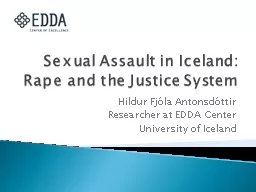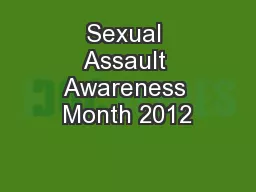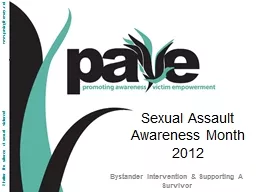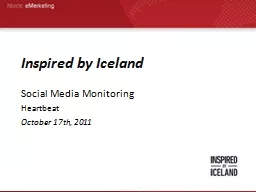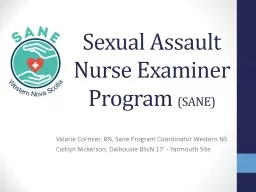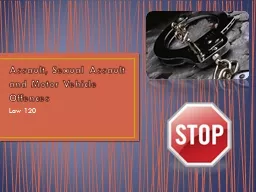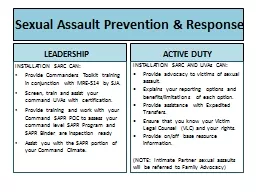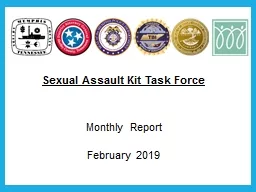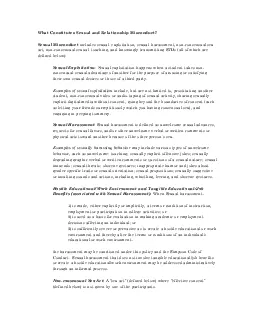PPT-Sexual Assault in Iceland:
Author : kittie-lecroy | Published Date : 2017-08-11
Rape and the Justice System Hildur Fjóla Antonsdóttir Researcher at EDDA Center University of Iceland Overview of sexual assault issues in Iceland legal framework
Presentation Embed Code
Download Presentation
Download Presentation The PPT/PDF document "Sexual Assault in Iceland:" is the property of its rightful owner. Permission is granted to download and print the materials on this website for personal, non-commercial use only, and to display it on your personal computer provided you do not modify the materials and that you retain all copyright notices contained in the materials. By downloading content from our website, you accept the terms of this agreement.
Sexual Assault in Iceland:: Transcript
Download Rules Of Document
"Sexual Assault in Iceland:"The content belongs to its owner. You may download and print it for personal use, without modification, and keep all copyright notices. By downloading, you agree to these terms.
Related Documents

